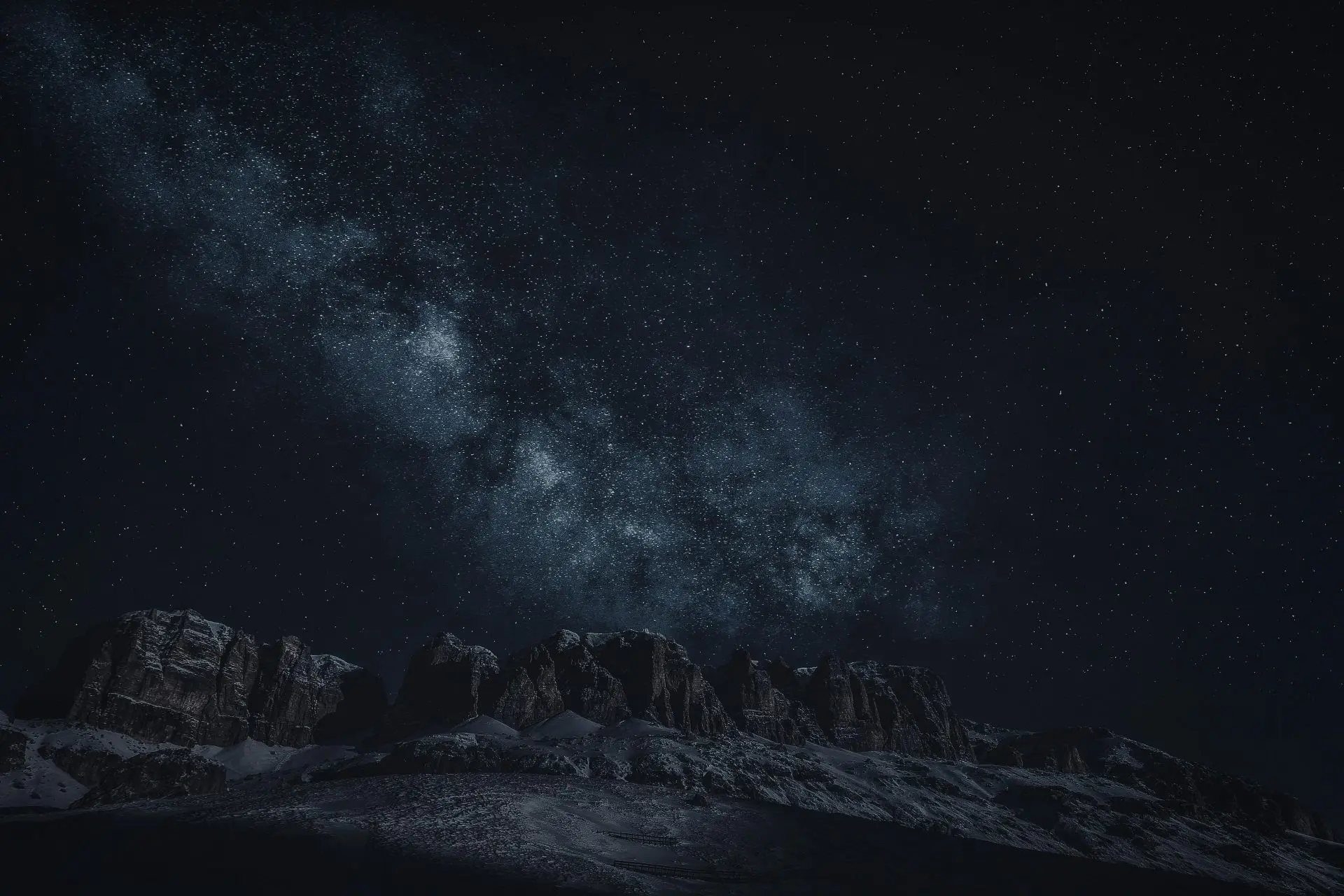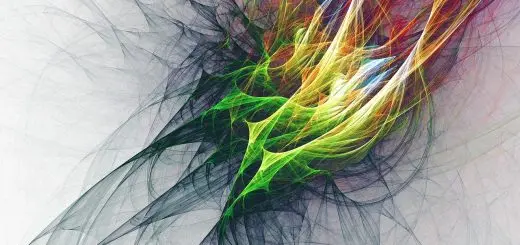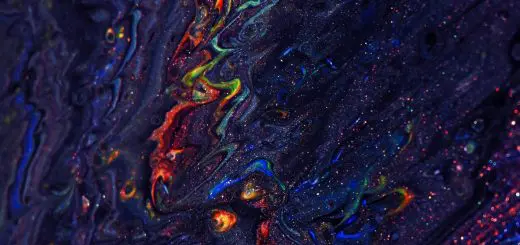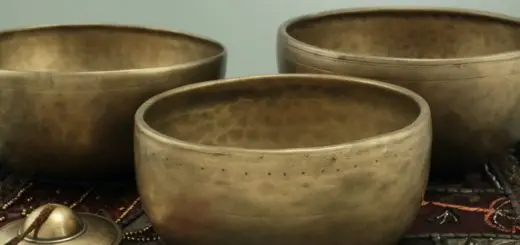What Colors Make White? Understanding the Process

Looking for more amazing products? Check out our online store and explore our collection here! Happy shopping!
Before diving in, please note: This post is for informational purposes only. If you’d like to know more about how we approach topics, feel free to check out our friendly Disclaimer Page.
Hey there, amazing readers! 
We’re committed to delivering quality posts, and your support (even just sticking around despite the ads) means everything to us. So, bear with us, and thanks for helping us keep the good vibes rolling. Now, on to the fun stuff!
TRANSLATE BUTTON AT THE END OF THE ARTICLE
A Quick Overview
Color is a fascinating and vibrant aspect of our lives, influencing everything from our moods to our creativity.
You might be surprised to learn that the color white, often thought of as simple and pure, is a complex phenomenon in its own right.
In this article, we will dive into the science of color mixing, explore how different colors come together, and demystify the process behind creating the color white.
Whether you’re an artist, a designer, or just someone curious about how colors work, this guide will help you appreciate the beauty and intricacies of color theory.
Introduction: The Mystery of Color and White
When it comes to color, white often stands apart.
It feels like a blank slate, a canvas waiting to be filled.
But what’s truly fascinating is that white isn’t just the absence of color; it’s a combination of all colors.
I remember my first art class, where my teacher insisted that white paint was not simply "no color." I was puzzled, but that moment sparked a lifelong interest in how colors interact.
This article will reveal how different colors blend to create white, the science behind color mixing, and why understanding these processes is essential.
We’ll cover everything from primary colors to the differences between additive and subtractive mixing.
By the end, you’ll have a well-rounded grasp of color theory and perhaps a new appreciation for that seemingly simple color: white.
The Science Behind Color Mixing Explained
At its core, color mixing is a fascinating study in physics and perception.
Color itself is the result of how light interacts with our eyes.
When light hits an object, it can be absorbed, reflected, or transmitted.
The colors we see depend on the wavelengths of light that the object reflects.
There are two primary types of color mixing: additive and subtractive.
Additive mixing occurs when colored lights combine, while subtractive mixing happens when pigments or dyes are blended.
The science boils down to the way colors interact with light.
In additive mixing, you start with darkness.
When you add red, green, and blue light, you get white light.
This is the principle behind computer screens and televisions.
They use tiny pixels of these three colors to create the entire color spectrum.
It’s like a symphony where each color plays its part, contributing to the grand finale: white.
Subtractive mixing, on the other hand, begins with white light.
When pigments absorb certain wavelengths and reflect others, the result is a blend of colors.
For example, mixing cyan, magenta, and yellow pigments can yield black, which is the absence of reflected light.
Understanding these two concepts is crucial for anyone working in art, design, or photography.
Primary Colors: The Building Blocks of All Hues
Primary colors are the foundation of all other colors.
In the traditional color wheel used in art, the primary colors are red, blue, and yellow.
These colors cannot be made by mixing other colors together.
When we mix them, we create secondary colors.
Let’s take a closer look at each primary color:
Red: A bold, warm color that often symbolizes passion and energy.
Blue: A cool, calming color associated with tranquility and stability.
Yellow: A bright, sunny color that evokes feelings of happiness and warmth.
These three hues are like the three musketeers of color—each one strong on its own, but when combined, they create a whole new world of possibilities.
In the RGB color model used for digital screens, the primary colors shift to red, green, and blue.
Each model serves its purpose, depending on whether you’re mixing pigments for painting or light for screens.
Secondary Colors: How They Emerge from Primaries
When we mix primary colors, we create secondary colors.
These are the next tier in the color hierarchy and are essential in understanding the color spectrum.
Red + Blue = Purple
Red + Yellow = Orange
Blue + Yellow = Green
Secondary colors inherit traits from their parent colors.
For example, orange radiates the warmth of red and the brightness of yellow.
Mixing colors is like blending personalities; each color brings its own character to the mix, resulting in something entirely new.
It’s also important to note that secondary colors can evoke different emotions.
Purple often conveys luxury and creativity, while green is associated with nature and growth.
Tertiary Colors: The Bridge Between Primary and Secondary
Tertiary colors are created by mixing a primary color with a neighboring secondary color.
This results in six distinct hues:
Red-Orange
Yellow-Orange
Yellow-Green
Blue-Green
Blue-Purple
Red-Purple
Tertiary colors add depth and complexity to the color wheel.
They are like the subtle shades of emotion in a conversation—nuances that can shift the entire feeling of a piece.
For example, red-orange can convey excitement, while blue-green might evoke calmness.
Artists often use these colors strategically to create mood and atmosphere in their work.
Additive vs. Subtractive Color Mixing: What’s the Difference?
Understanding the fundamental difference between additive and subtractive color mixing is essential, especially if you’re diving into art or design.
Additive Mixing: This occurs when colored light combines.
Think of a stage performance with colored spotlights.
When red, green, and blue lights overlap, they create white light.
Subtractive Mixing: This happens when pigments are mixed.
If you were to mix paints, the result would be darker as pigments absorb certain wavelengths of light.
When combined, all colors can produce a muddy brown or black.
Both methods have their practical applications.
Additive mixing is used for screens, while subtractive mixing is the go-to for traditional painting.
Each method brings something different to the table, and knowing when to use each one is key in creative endeavors.
Light and Color: How They Interact to Create White
Light is the unsung hero of color.
Without light, we wouldn’t experience color at all.
The way light interacts with objects determines the colors we perceive.
White light is composed of all the colors of the spectrum.
When it passes through a prism, it separates into a rainbow of colors.
This phenomenon is due to the different wavelengths of light being refracted, or bent, at varying angles.
When all these colors are reflected back to our eyes simultaneously, we perceive them as white.
It’s like a team of colors working together to create a beautiful picture.
In practical terms, when you mix all primary colors of light together in equal measure, you get white light.
It’s a simple yet profound reminder of how interconnected colors really are.
Common Misconceptions About Mixing Colors
As with any topic, misconceptions abound when it comes to color mixing.
Let’s tackle a few of the most common myths:
Myth 1: Mixing all colors together gives you white.
- Fact: In additive mixing, yes!
But with paint, you typically get a muddy brown.
- Fact: In additive mixing, yes!
Myth 2: Black is a color.
- Fact: In subtractive mixing, black is the absence of light.
Myth 3: You can’t create new colors.
- Fact: Mixing different ratios of colors leads to endless possibilities.
Understanding these misconceptions is important.
It helps clarify your approach to color mixing and enables you to make informed decisions in your creative projects.
Practical Applications in Art and Design
Color theory isn’t just academic; it has real-world applications.
Artists and designers use color mixing principles to bring their visions to life.
Art: Painters often blend colors to create depth.
For instance, a landscape may use various greens to depict foliage and atmosphere.
Graphic Design: Web designers utilize color combinations that evoke specific feelings, guiding user experiences.
Fashion: Designers experiment with color mixing in fabrics and patterns, setting trends and influencing moods.
Understanding color mixing enhances your ability to communicate visually.
Whether you’re painting a canvas or designing a website, the right combination of colors can make your work stand out.
Fun Experiments to Try with Color Mixing
Ready to put theory into action?
Here are some fun experiments you can try at home:
Rainbow in a Jar: Layer different colored liquids (like honey, dish soap, water, and oil) in a clear jar to see how colors mix and interact.
Color Wheel: Create your own color wheel using paints.
Mix primary colors to see the secondary ones emerge.
Light Mixing: Use a flashlight and different colored cellophane.
Shine the lights on a wall and observe how they blend.
Pigment Mixing: Get some primary colored paints and mix them to create new colors.
Document your findings!
These experiments are not only educational but also a great way to unleash your creativity.
Grab some supplies, and let your imagination run wild!
Conclusion: Embracing the Beauty of Color Theory
Color theory is a vibrant, dynamic field that invites us to explore the interplay of light and pigment.
By understanding how colors mix and relate to each other, we gain a deeper appreciation for the world around us.
Whether you’re an artist looking to enhance your work, a designer striving for the perfect palette, or simply a curious soul wanting to know more, the journey through color can be both enlightening and enjoyable.
So next time you see the color white, remember—it’s not just a blank canvas.
It’s a symphony of colors harmonizing together, waiting for you to add your own brush strokes of creativity!
Further Reading and Resources for Color Enthusiasts
If you’re eager to delve deeper into the world of color theory, here are some resources you might find helpful:
"Interaction of Color" by Josef Albers: A classic book exploring the principles of color interaction.
"The Color Wheel: A Practical Guide" by John Doe: A straightforward guide for beginners in color theory.
Online Courses: Platforms like Coursera and Udemy offer courses on color theory and mixing.
Dive into these resources and let your exploration of color continue!

The Enlightenment Journey is a remarkable collection of writings authored by a distinguished group of experts in the fields of spirituality, new age, and esoteric knowledge.
This anthology features a diverse assembly of well-experienced authors who bring their profound insights and credible perspectives to the forefront.
Each contributor possesses a wealth of knowledge and wisdom, making them authorities in their respective domains.
Together, they offer readers a transformative journey into the realms of spiritual growth, self-discovery, and esoteric enlightenment.
The Enlightenment Journey is a testament to the collective expertise of these luminaries, providing readers with a rich tapestry of ideas and information to illuminate their spiritual path.
Our Diverse Expertise
While our primary focus is on spirituality and esotericism, we are equally passionate about exploring a wide range of other topics and niches 

To ensure we provide the most accurate and valuable insights, we collaborate with trusted experts in their respective domains 
Our blog originally focused on spirituality and metaphysics, but we’ve since expanded to cover a wide range of niches. Don’t worry—we continue to publish a lot of articles on spirituality! Frequently visit our blog to explore our diverse content and stay tuned for more insightful reads.
Hey there, amazing reader! 
Check out our store here and take a peek at some of our featured products below! Thanks for being awesome!













